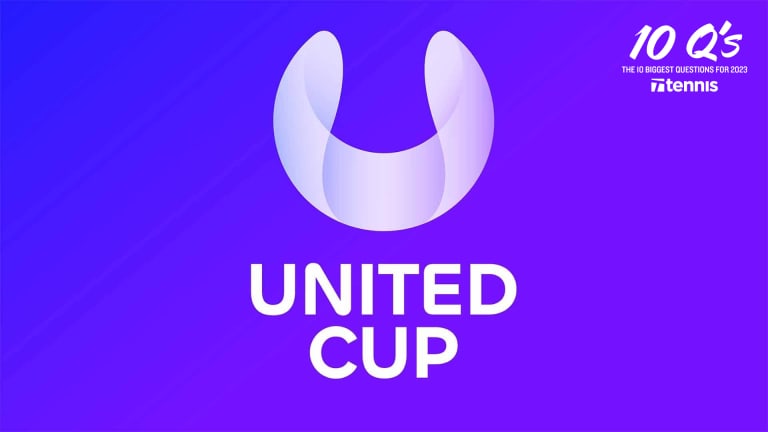The countdown to the 2023 season is underway. As we close in on the start of the new, dual-gender United Cup (December 29), TENNIS.com's writers will debate the 10 biggest questions heading into the new tennis year.
The 10 Biggest Questions for 2023
Is the wall that has always existed between the men’s and women’s games starting to crack?
By Dec 26, 2022The 10 Biggest Questions for 2023
Will Netflix’s portrayal of life on the tours be embraced, and potentially open doors for new opportunities?
By Dec 28, 2022The 10 Biggest Questions for 2023
How much of a threat is pickleball to tennis, or can the two co-exist?
By Dec 27, 2022The 10 Biggest Questions for 2023
Who will finish as the top-ranked American man, and can that player contend for majors?
By Dec 25, 2022The 10 Biggest Questions for 2023
Is Coco Gauff ready to make the leap, or are we expecting too much?
By Dec 24, 2022The 10 Biggest Questions for 2023
Who will be the next first-time men’s Grand Slam champion?
By Dec 23, 2022The 10 Biggest Questions for 2023
Who will have the better season: Novak Djokovic or Carlos Alcaraz?
By Dec 22, 2022The 10 Biggest Questions for 2023
Can the WTA find a challenger for Iga Swiatek?
By Dec 21, 2022The 10 Biggest Questions for 2023
Which WTA player is the 2023 season most critical for?
By Dec 20, 2022The 10 Biggest Questions for 2023
Which ATP player is the 2023 season most critical for?
By Dec 19, 2022Is the wall that has always existed between the men’s and women’s games starting to crack?
It certainly will look that way at the start of the year, with the debut of the dual-gender United Cup.
Published Dec 26, 2022
